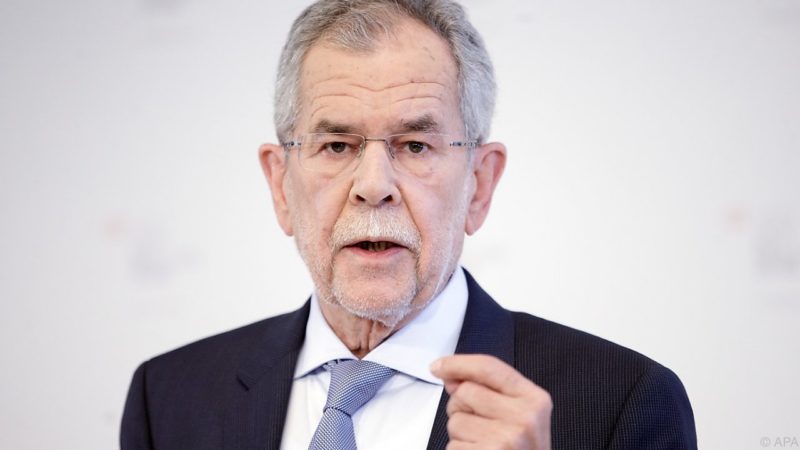The Government of Austria on Monday, 12 June 2017, deposited its instrument of ratification, thereby becoming the 57th future Party to the Minamata Convention.

This is coming a few days after the West African nation of Niger on Friday, June 9 ratified the global accord, and making it the 56th country to do so.
Hitherto, Finland on Thursday, June 1 endorsed the mercury treaty, making it the 55th Party. Prior to that, Slokavia on Wednesday, May 31 ratified the Convention.
The twin island nation of St Kitts and Nevis on Wednesday, May 24, 2017 had ratified the Convention, making it the 53rd Party to the global treaty.
The Minamata Convention has already entered into force, thanks to the landmark rash of ratifications on Thursday, May 18, 2017 that triggered the Convention on Mercury into force, having garnered the required 50 ratifications.
On that day, the EU and seven of its member States – Bulgaria, Denmark, Hungary, Malta, the Netherlands, Romania and Sweden – deposited their instruments of ratification at the UN Headquarters in New York, bringing to 51 that day the number of future Parties.
As a result, on August 16 2017, the Convention, which aims at protecting human health and the environment from anthropogenic emissions and releases of mercury and mercury compounds, will become legally binding for all its Parties.
The 1st Conference of the Parties to the Minamata Convention (COP1) will gather governments, intergovernmental and non-governmental organisations from around the world in Geneva from September 24 to 29, 2017.
The Minamata Convention is said to be the first new global Convention on environment and health adopted for close to a decade. It addresses the entire life cycle of mercury, considered by the World Health Organisation (WHO) as one of the top 10 chemicals of major health concern, which threatens the environment and health of millions.
